Volcanic areas investigated by Georesearch Volcanedo (GRV)
- Indonesia
- among others Krakatau, Merapi, Papandayan, Kelud, Semeru, Bromo, Ijen, Lokon
- Southern Italy
- among others Stromboli, Etna
- Germany
- Eifel
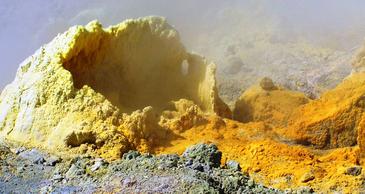
Papandayan 2008
7°19′0″S, 107°44′0″E, altitude: 2665m
Vent (“mouth”) of a fumarole with the formation of sulfur flowers around the edge. When there are high temperatures, the sulfur turns reddish brown, emits steams and melts at about 113°C.
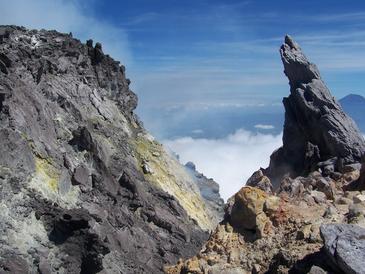
Merapi 2009
7°32′30″S, 110°26′30″E, altitude: 2947m
Summit of the volcano; on the left a part of the
lava dome which had partially spilled out into the foothills as the
result of the violent eruptive activity in November 2010. The damages
caused by this natural disaster were immense
(320 deaths, 26 villages completely destroyed).
The needle on the right (“Eagle”) is a residue of an
earlier collapsed lava dome.
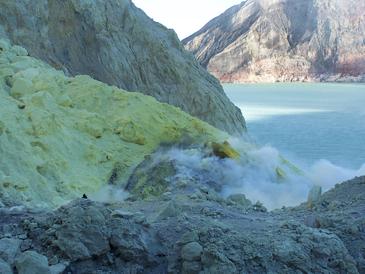
Kawah Ijen 2009
8°3′29″S, 114°14′31″E, altitude: 2386m
In the crater of the Kawah Ijen: In the solfataras area sulfur is mined under difficult and unhealthy conditions. The crater lake is extremely acidic. We measured pH values between 0,19 and 0,22!
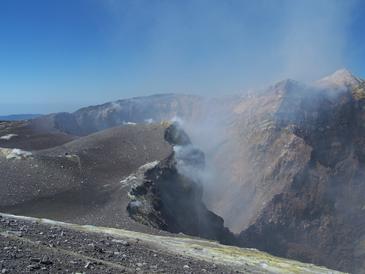
Etna 2010
37°44′3″N, 15°0′16″E, altitude: 3350m
View into the Bocca Nuova from the “saddle area” between BN and South East Crater. In the foreground you can see the southern vent, in the background the northwestern vent which are separated by a strongly eroded wall. The Central Crater is located right outside the photo.
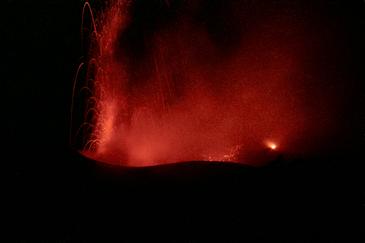
Stromboli
– one of the most active volcanoes in the world
38°47′22″N, 15°12′47″E, altitude: 926m
The base of this active stratovolcano is located about 2000m
below the water surface.
View from the Pizzo sopra la Fossa (1995). Several vents erupting, classical eruption form: Strombolian activity
Germany, Eifel
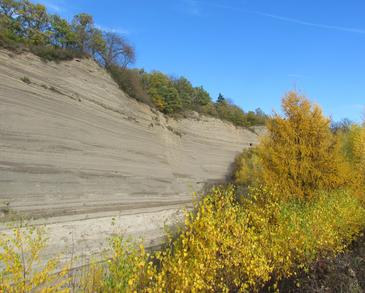
Wingertsbergwand 2012
– a volcanologically significant wall
The tephra deposits impressively document the eruptive phases of the Laacher See volcano which took place about 12000 years ago. On a bright layer deposited by “Bases surges” there are fallout layers of pumice lapilli which are separated by dark tuffs. The layers above consist of lapilli and volcanic ash.
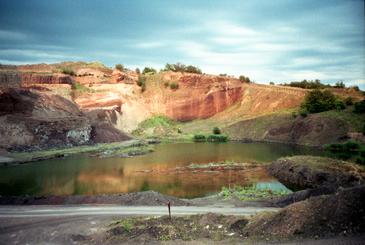
Herchenberg volcano 2007
– a basaltic tuff and scoria cone
The scoria cone shaping in former times the landscape has been very much altered especially since the end of the 19th century by the removal of the tertiary sands and the quaternary volcanic eruptive products.

